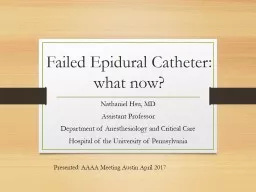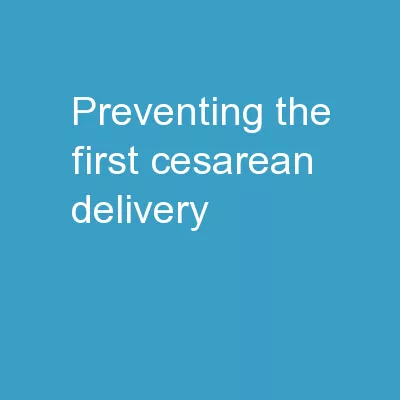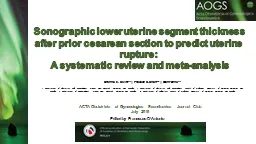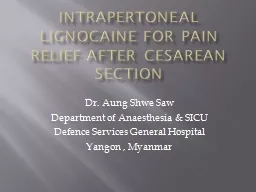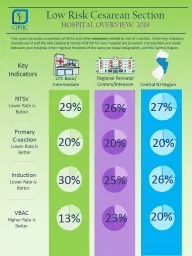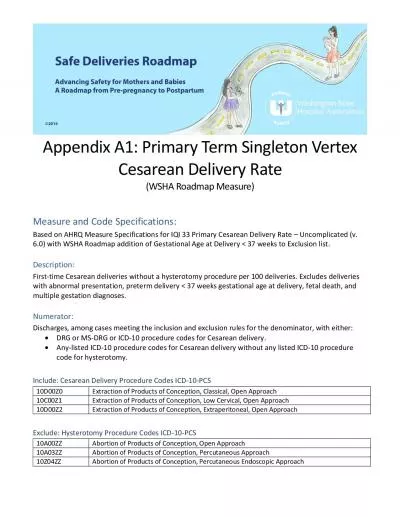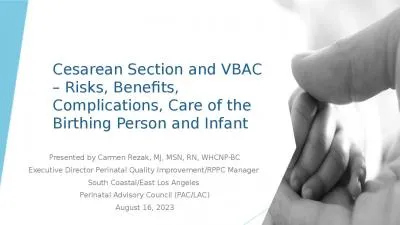PPT-Institutional factors associated with cesarean section rate
Author : liane-varnes | Published Date : 2017-05-06
Author ConzueloRodriguez G 1 Advisor Lisa M Bodnar 1 Internship Preceptor OrtízPanzo E 2 CruzHernández A 2 1 University of Pittsburgh Graduate School of Public
Presentation Embed Code
Download Presentation
Download Presentation The PPT/PDF document "Institutional factors associated with ce..." is the property of its rightful owner. Permission is granted to download and print the materials on this website for personal, non-commercial use only, and to display it on your personal computer provided you do not modify the materials and that you retain all copyright notices contained in the materials. By downloading content from our website, you accept the terms of this agreement.
Institutional factors associated with cesarean section rate: Transcript
Download Rules Of Document
"Institutional factors associated with cesarean section rate"The content belongs to its owner. You may download and print it for personal use, without modification, and keep all copyright notices. By downloading, you agree to these terms.
Related Documents




